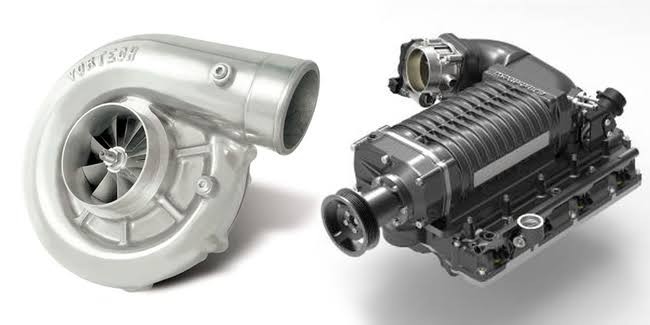In the realm of automotive performance, turbochargers and superchargers stand as formidable players, enhancing engine power and efficiency through a concept known as forced induction.
These components are key players for enthusiasts seeking to unlock extra horsepower and torque from their engines. In this article, we delve into the inner workings of turbochargers and superchargers, exploring their functions, common problems, signs of trouble, and effective troubleshooting techniques.
Understanding Turbochargers:
A turbocharger is a device that harnesses exhaust gases to spin a turbine, which in turn forces more air into the engine's combustion chambers. This increased airflow allows the engine to burn more fuel, generating more power and efficiency. Turbochargers are comprised of two main components: the exhaust-driven turbine and the compressor. The turbine, situated in the exhaust stream, powers the compressor, which then pushes additional air into the engine.
How Turbochargers Function:
As the engine runs, exhaust gases exit the cylinders and flow through the exhaust manifold. These hot gases spin the turbine, which is connected to the compressor by a shaft.
As the compressor draws in and compresses the incoming air, it becomes denser. The denser air is then delivered to the engine's intake manifold, where it combines with fuel for combustion, producing more power.
Common Problems and Signs of Trouble:
Turbochargers can encounter various issues over time. Common problems include turbo lag (delayed power delivery), oil leaks, worn bearings, and compressor or turbine damage. Signs of trouble may include reduced power output, excessive smoke from the exhaust, unusual noises (such as a high-pitched whining), and poor fuel efficiency.
Troubleshooting Turbocharger Issues:
- Check for Boost Leaks: Inspect the intercooler, hoses, and connections for any leaks that might affect the turbo's performance.
- Monitor Oil Levels: Low oil levels can lead to premature wear of turbocharger components. Regularly check and change the oil as per the manufacturer's recommendations.
- Address Turbo Lag: To mitigate turbo lag, consider upgrading to a more responsive turbocharger or installing an aftermarket boost controller.
- Addressing Noises and Smoke: If you notice unusual noises or smoke, consult a professional mechanic to diagnose and repair the issue promptly.
Understanding Superchargers:
A supercharger operates differently from a turbocharger. Instead of using exhaust gases to spin a turbine, a supercharger is mechanically driven by the engine itself, often through a belt connected to the crankshaft. This mechanical connection means that superchargers provide instant power, eliminating turbo lag.
How Superchargers Function:
The supercharger's compressor draws air from the outside and compresses it before delivering it directly into the engine's intake manifold. This compressed air, combined with fuel, results in increased power output and improved engine response.
Common Problems and Signs of Trouble:
Superchargers can also face issues like belt wear, bearing wear, and overheating. Signs of trouble include strange noises, decreased power, and higher engine temperatures.
Troubleshooting Supercharger Issues:
- Inspect Drive Belt: Regularly check the drive belt for wear and tension. Replace it if it's worn or damaged.
- Cooling System Check: Ensure the supercharger is adequately cooled to prevent overheating. Check for proper coolant circulation.
- Listen for Unusual Noises: If you hear rattling or grinding sounds, it could indicate a problem with the supercharger's bearings. Consult a mechanic for a thorough inspection.
In conclusion, turbochargers and superchargers offer distinct paths to harnessing extra power and performance from your vehicle's engine. Understanding their functions, recognizing common problems, and employing effective troubleshooting techniques will empower you to keep your forced induction system running at its best, ensuring an exhilarating driving experience on every journey.

Comments (0)
Please login to join the discussion
Be the first to comment on this article!
Share your thoughts and start the discussion